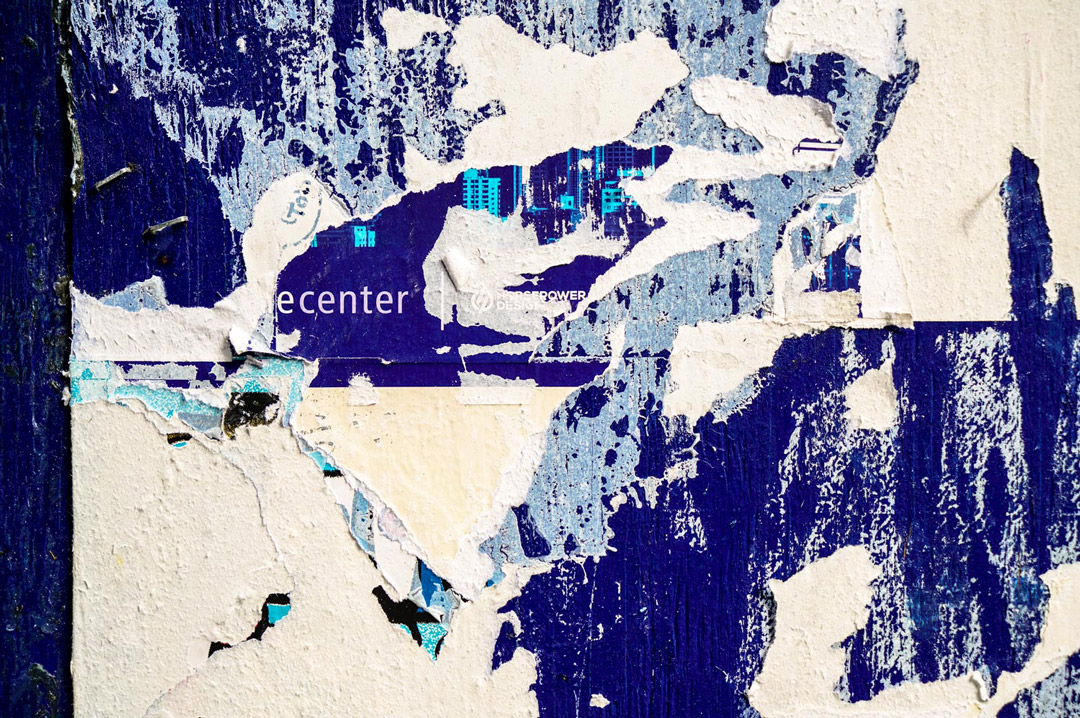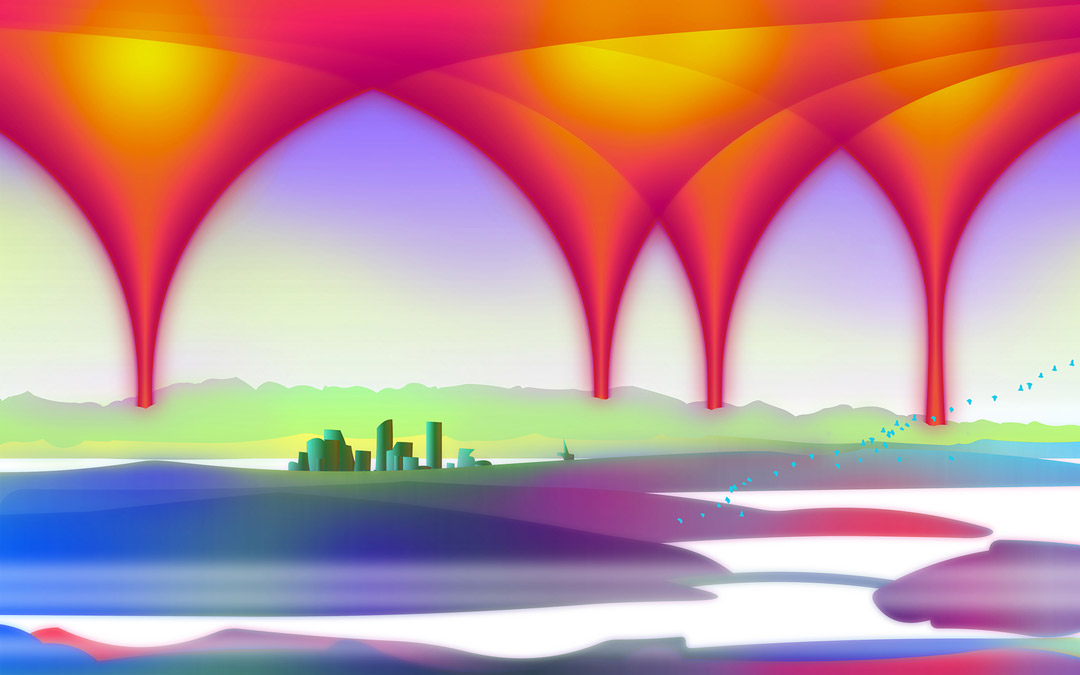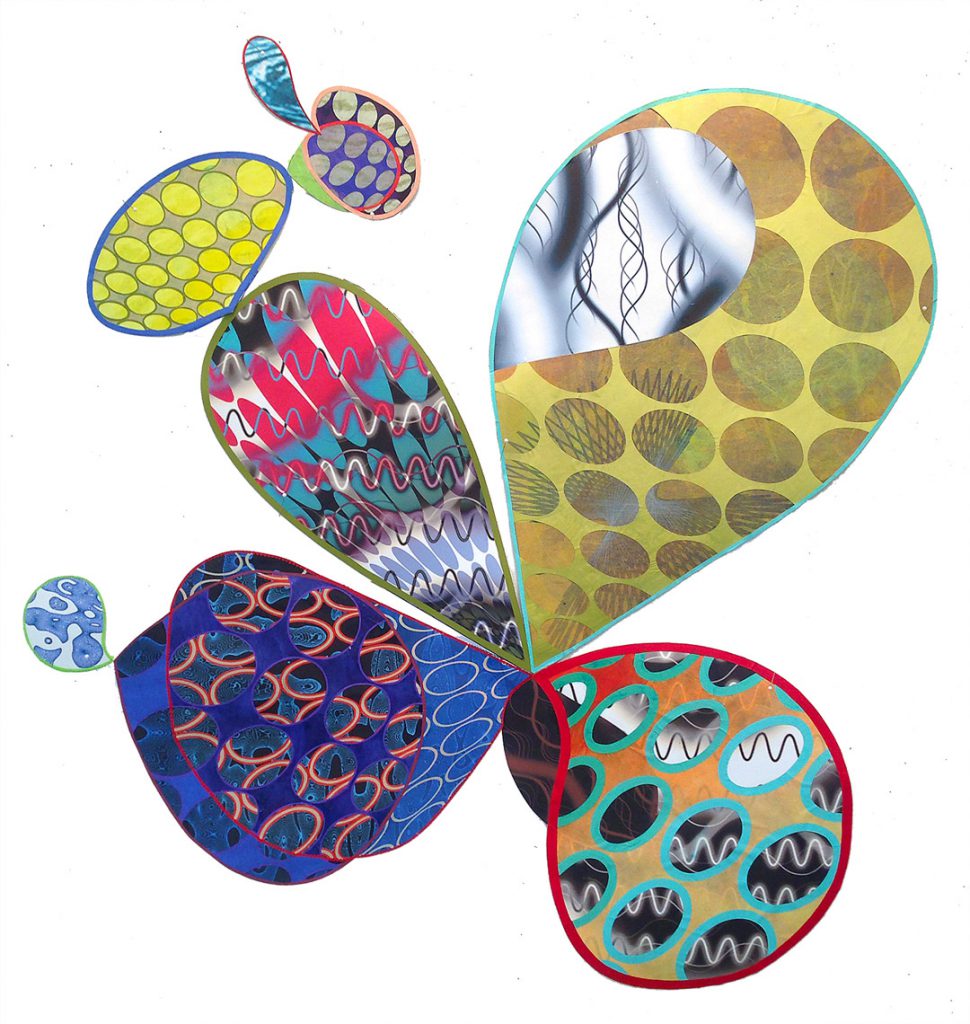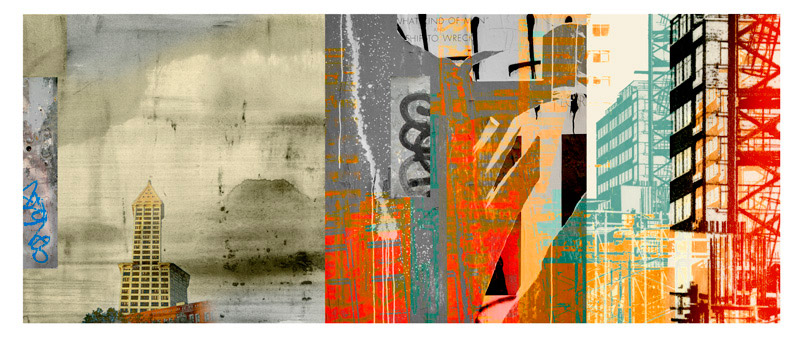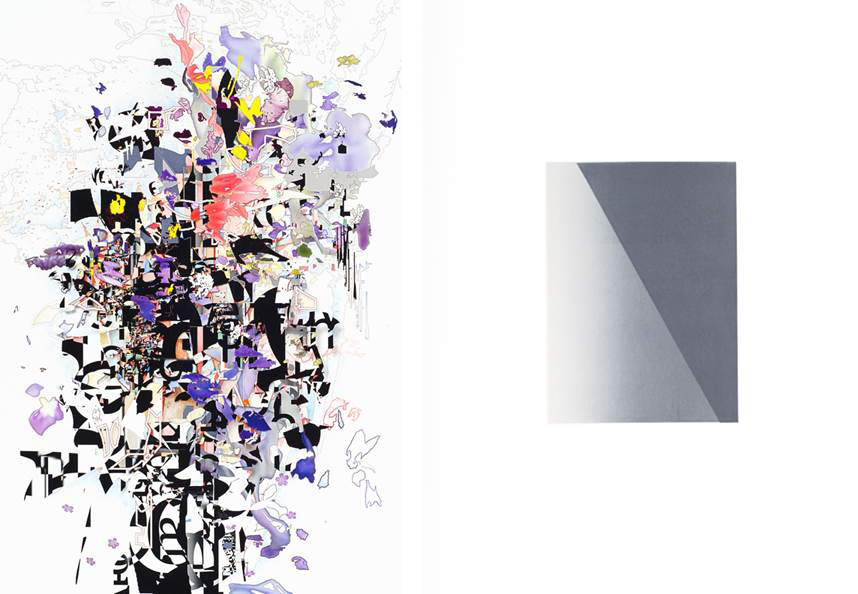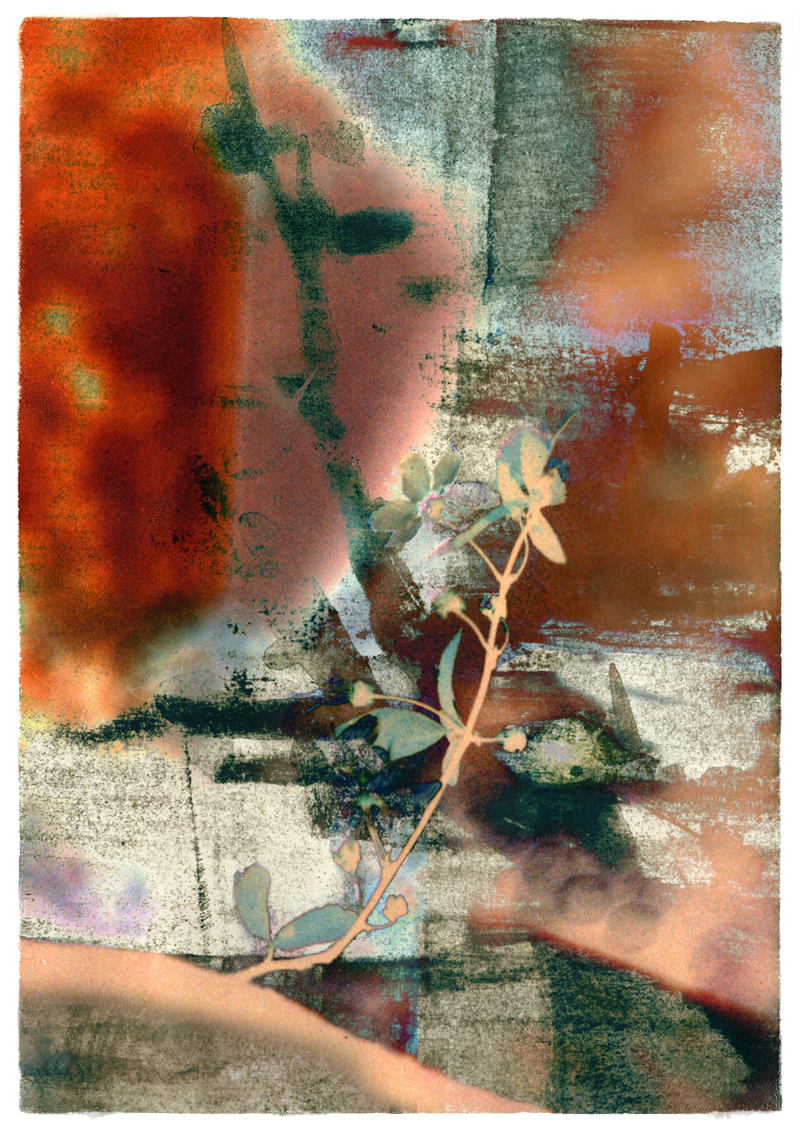SAM Gallery Artists on Seattle: Iskra Johnson, Kate Protage, and Kellie Talbot
Have you read the recent Fall Arts Report, State of the Arts feature in the Seattle Times? The current show hanging at SAM Gallery features three artists whose artwork grapples with Seattle’s layers of history and industry. On view through October 15, Industrial Strength is a visual meditation on the objects, jobs, and people that shape the city. We’ve invited our SAM Gallery artists to get personal and offer their own state of the arts and how it impacts (or doesn’t) their creative output. Hear from Iskra Johnson, Kate Protage, and Kellie Talbot on how Seattle has helped, hindered, and influenced them and their artwork. Each of these artists utilizes the cityscape in their paintings and is fascinated by the unique underbelly of Seattle—from the texture of a wheat-paste wall, to the blur of rain reflections, to long-gone landmarks—Johnson, Protage, and Talbot are paying attention to their surroundings and sharing their thoughts on them with you below.
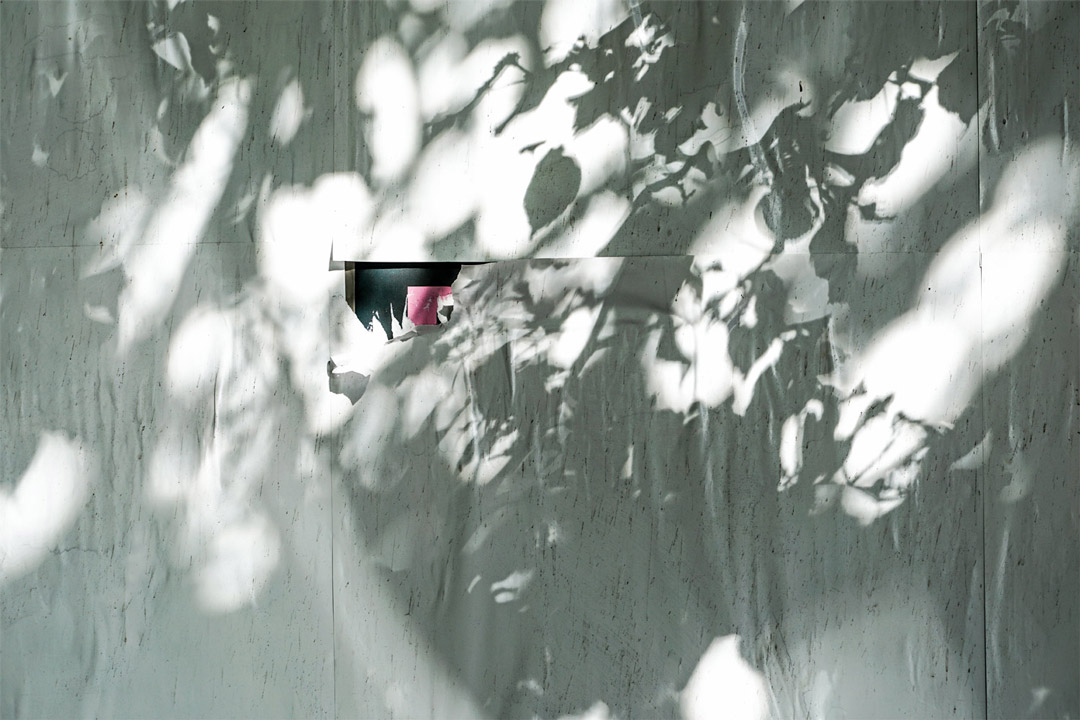
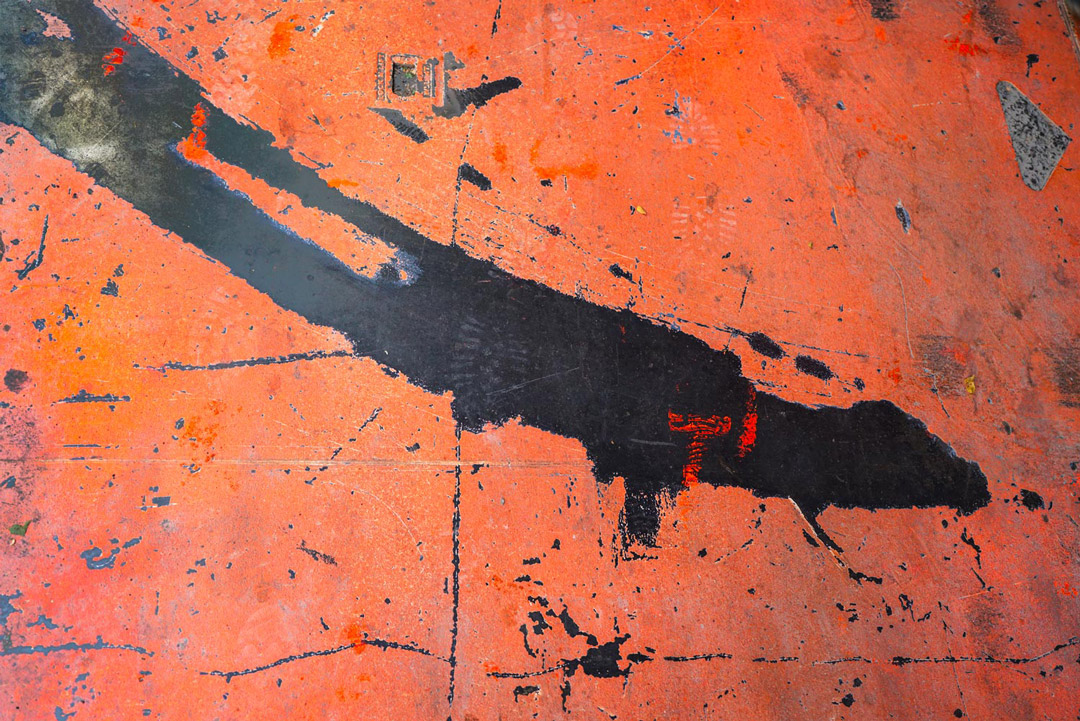
I am a Seattle native and an unapologetic descendent of the Northwest Mystics. I like the sense of being on the edge of the continent and the brooding state of contemplation the natural environment inspires. The frontier also defines the ethics of my social interactions. I see conversation as a practice of risk-taking improvisation, and my personal motto has always been talk to strangers, how else are you going to make new friends? If I had an MFA I could call this “social practice” and get a grant for walking down the street, but unfortunately it’s just my way of being. I was born with a New York personality in a city of impenetrable Nordic reserve.
My work documenting construction sites might really just be about talking to somebody: these men in orange vests with stickers on their hats are the only people on the street not looking at their phones. Although my prints may look like pure contemplations of inanimate beauty, beneath the architectural structure is a confrontation with urban alienation and a path to transform it. All of my work involves photography in the field, and a bit of personal risk. My favorite social practice moment happened a few weeks ago when I was photographing a fire hydrant. A man shouted at me from across the street, are you that girl who takes pictures of fire hydrants? I saw you here last year. He then told me he has never seen fire hydrants the same way. That made my day.
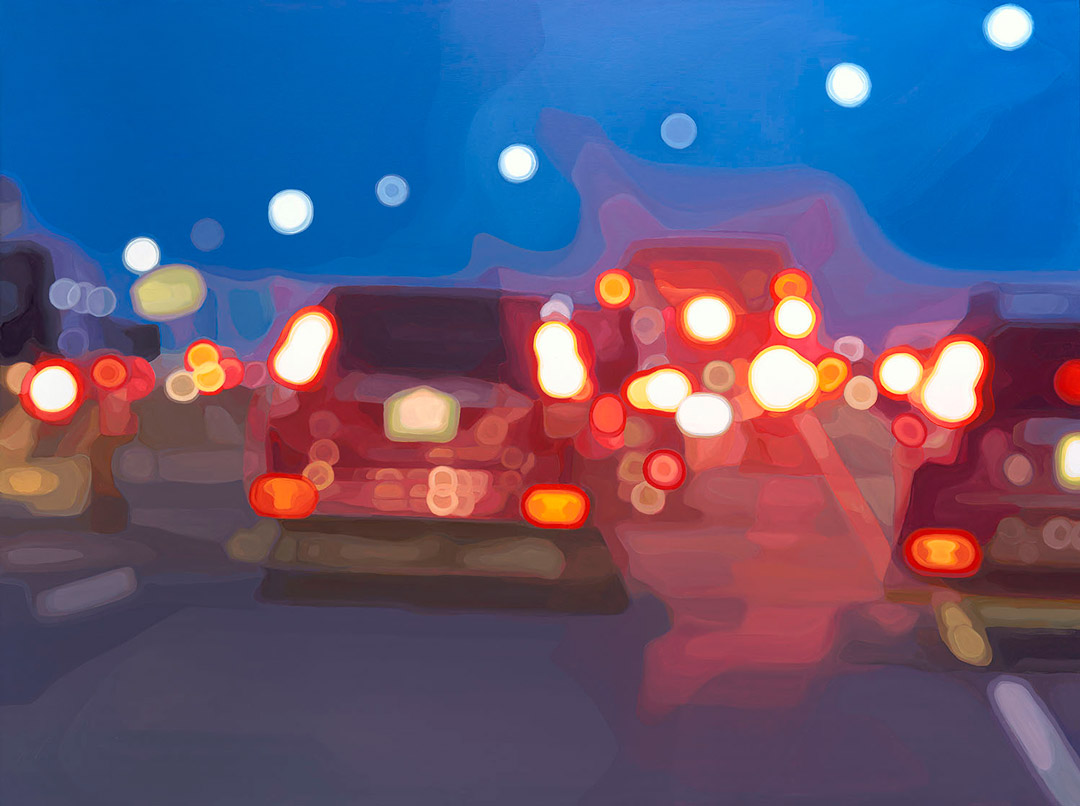
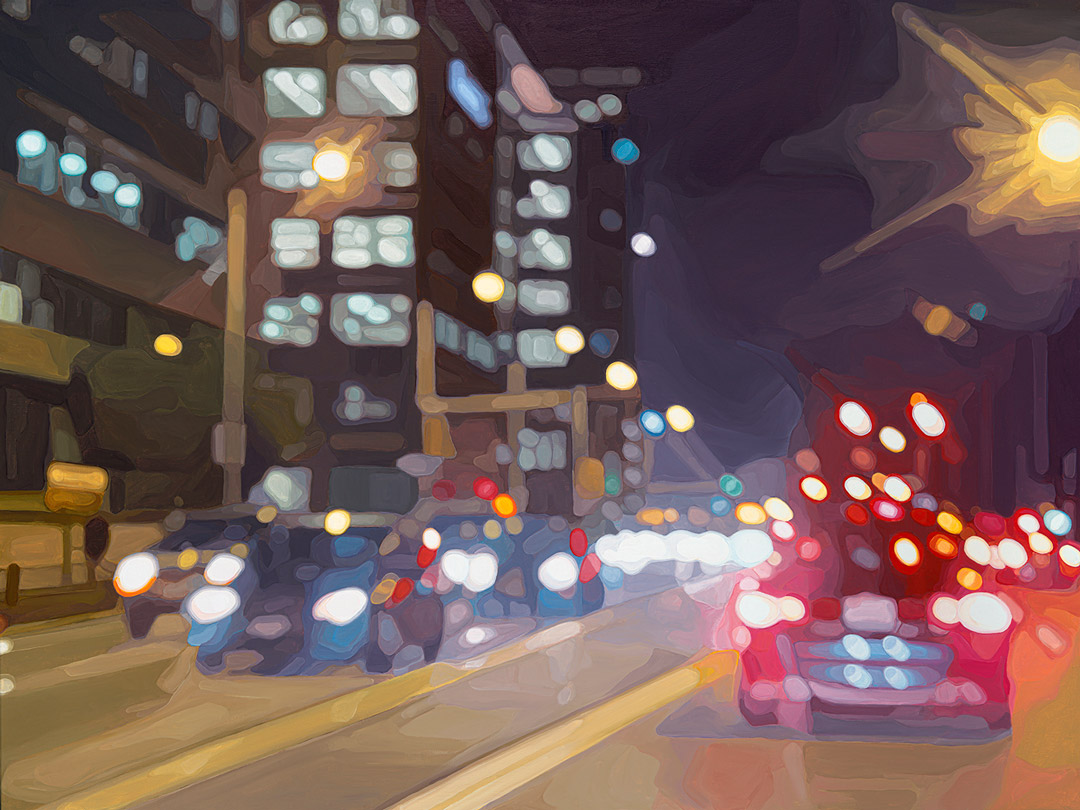
I left the corporate marketing world to become a full-time painter about 15 years ago. I live a smaller life now, but it’s a good life, and I’m doing what I love.
I couldn’t do it without Jody and the team at the SAM Gallery. They are so good at what they do that I struggle to keep up! I just focus on creating new work, and they handle everything else with ease and grace. Now if I could only figure out how to create faster! Budget, convenience, inspiration . . . all of these factors play into an artist’s ability to create. A home studio offers convenience, but a studio that’s part of a larger artist community can be a great source of inspiration. It turns out that for me, the best solution is a little of both. My husband Chris (also an artist) and I have work spaces at home, but we also share a small space at Equinox Studios in Georgetown, where we’ve found an incredible support system and a strong sense of community. One of my favorite things about Seattle is that a wide array of artistic trends are considered acceptable and cool. I’m surrounded by talent that reveals itself in a variety of shapes and forms and I feel encouraged to develop my own voice. Hearing that a painting of mine is the first piece of original artwork that someone has purchased is an amazing feeling. It is such a privilege and honor to be the catalyst for creating a new collector.
Making art is not just fun: I work longer hours now than I ever did as a marketer, and it’s hard work. As Seattle has become entrenched as a technology and e-commerce hub, our population has grown by leaps and bounds. I know some the challenges that this brings: as a perpetual renter, I’ve had to move further and further from the “popular” parts of town because they’re no longer affordable or accessible. But that population bump also brings more opportunities to connect and succeed as an artist. We live in a city where the possibilities are wide open.
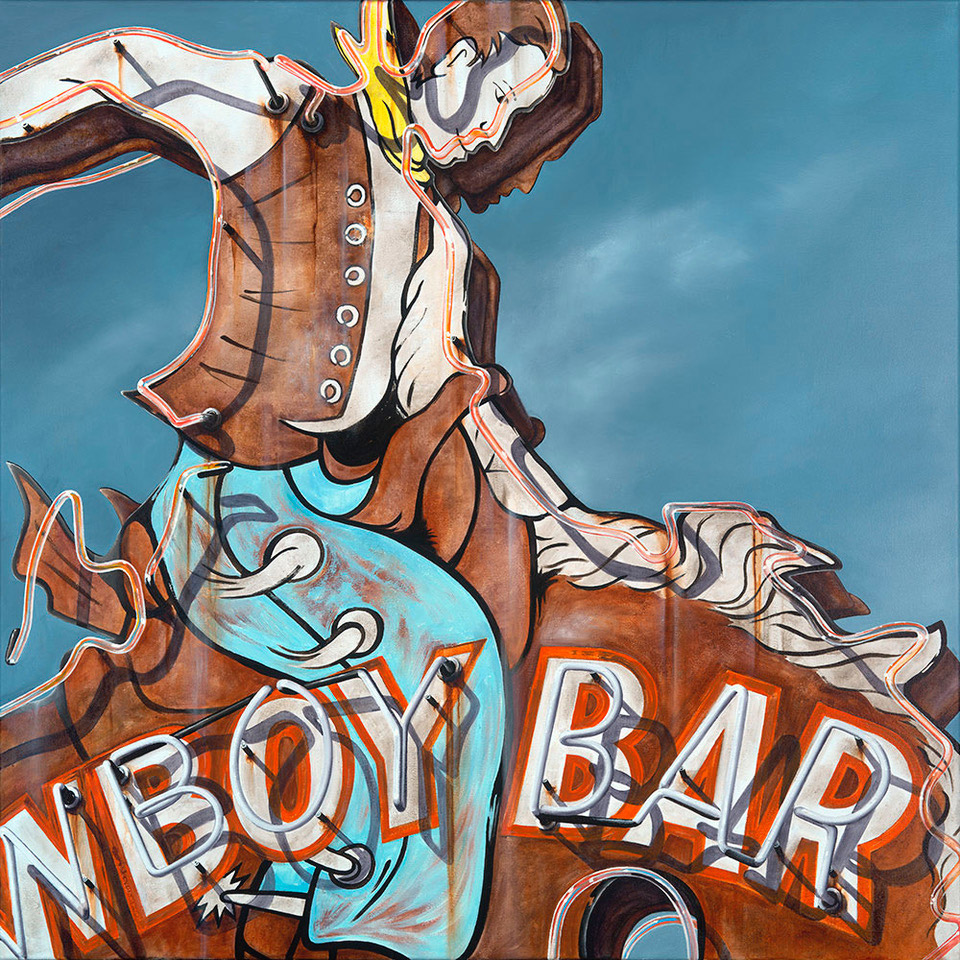
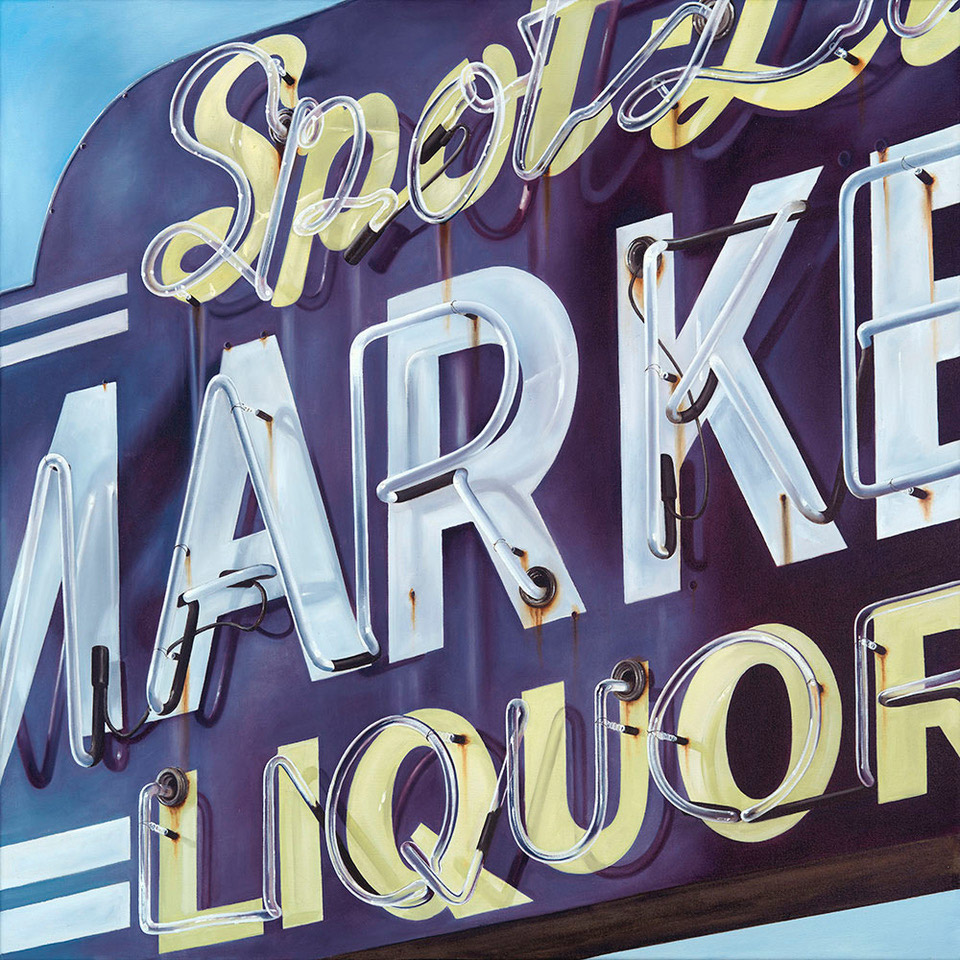
In the 28 years that I’ve lived in Seattle I’ve witnessed dramatic changes to the city. Being a professional artist will always have its challenges. Gone are the days of cheap rent but now we see art walks in every neighborhood—there’s even a touring art bus—so I feel the community has come a long way in supporting local artists. Because of my subject matter, I miss the blue-collar economy of the past—airplanes, fishing, ship building. I miss the general surliness of old Seattle. But this new economy has done more than raise housing costs. It has enabled working artists to sell locally and be a part of a vibrant art scene. The days of the Northwest School seem very romantic but I’m sure that is hindsight. I know they struggled with rent and the cost of living too. There will always be the challenge of balancing earning a living and being able to afford living in the city.
